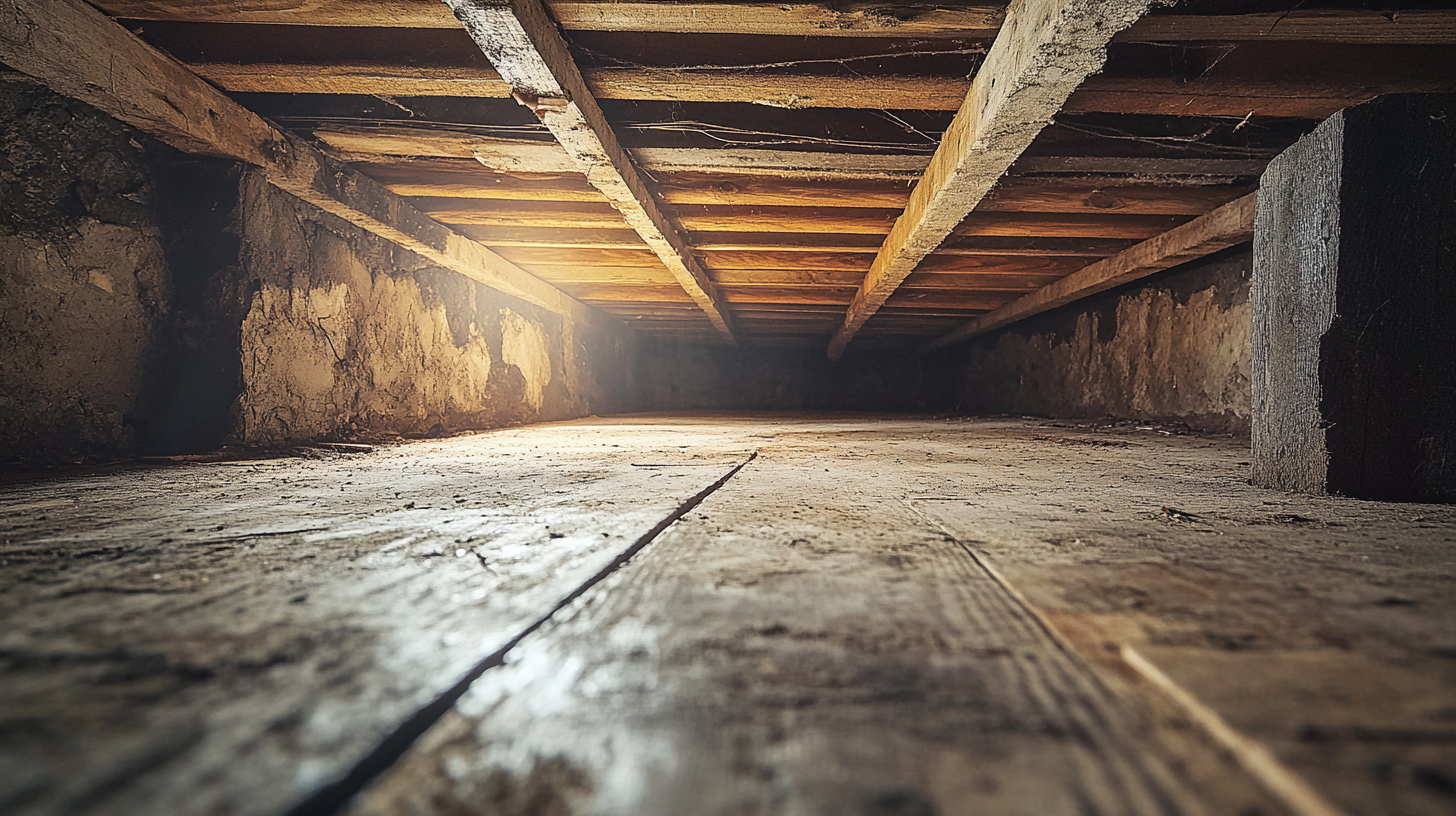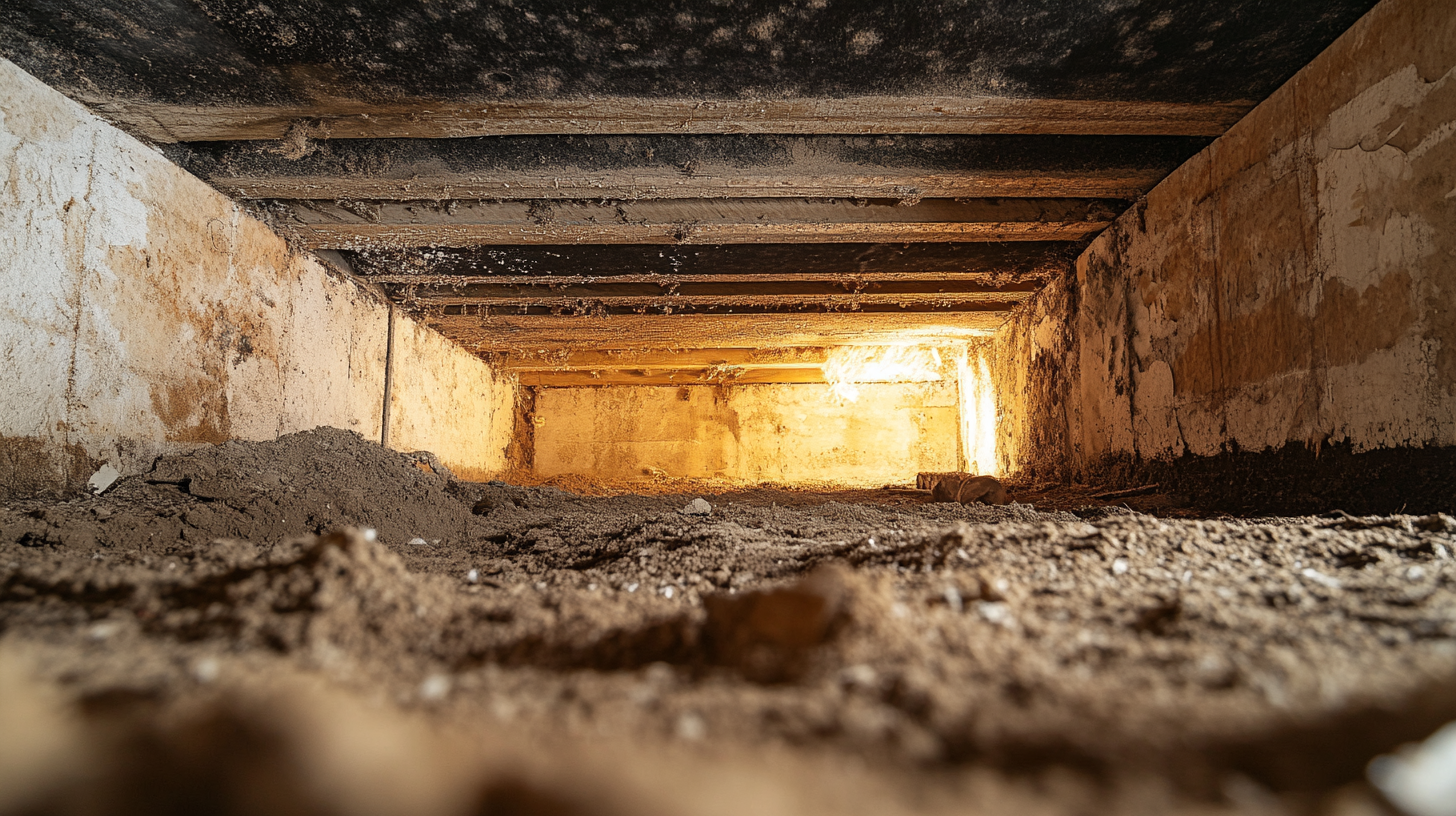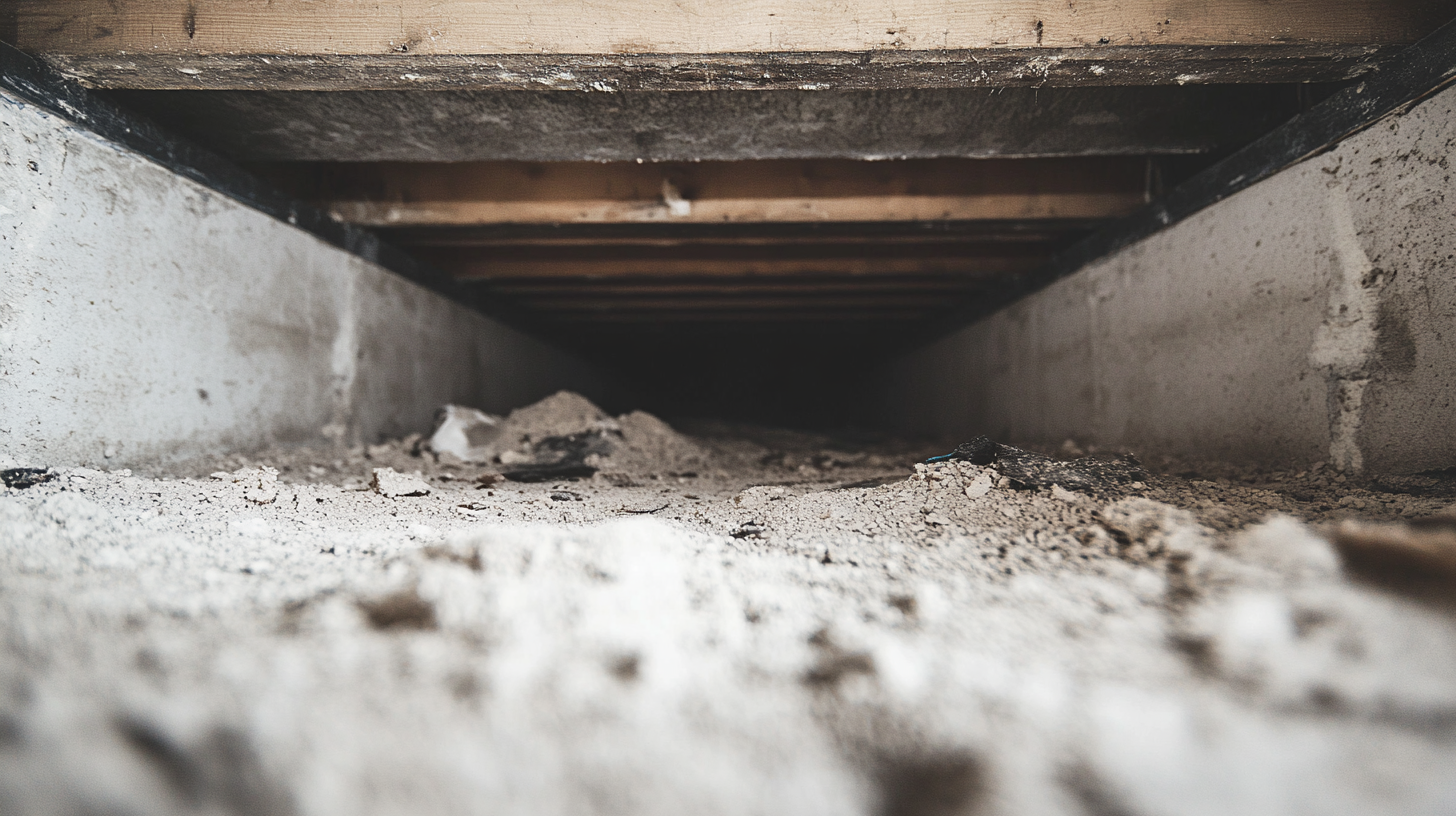How to Neutralize Chemical Odors After a Renovation

The chemical odors that often linger after renovations are not just unpleasant but can also pose potential health risks due to the release of volatile organic compounds (VOCs). VOCs are gases emitted from materials such as paints, adhesives, and construction products, and prolonged exposure to these compounds can have harmful effects on health. Inhaling VOCs can lead to immediate symptoms like headaches, dizziness, and respiratory issues, while long-term exposure has been linked to more serious health problems, including liver and kidney damage and increased risk of cancer. Understanding the potential health impacts of VOCs and taking steps to reduce exposure is crucial for maintaining a safe and healthy indoor environment post-renovation.
Why Chemical Odors Linger After Renovation
Renovations often leave behind strong chemical odors that can persist for days or even weeks. These lingering smells are primarily caused by off-gassing from new materials and the release of volatile organic compounds (VOCs), both of which can negatively impact indoor air quality and contribute to health concerns.
Off-Gassing from New Materials
What is Off-Gassing?
Off-gassing is the process by which new materials like construction products, carpets, furniture, and finishes release volatile organic compounds (VOCs) into the air. As these materials cure, dry, or settle, they emit gases that result in strong, lingering odors. Off-gassing can continue for days or even months after a renovation, which is why chemical odors often remain noticeable long after the work is completed.
Common Off-Gassing Sources
Some of the most common sources of off-gassing in a newly renovated space include paints, varnishes, adhesives, and carpeting. As these products dry and harden, they release VOCs into the air, contributing to the chemical smells associated with fresh renovations. The extent of the odor and duration of off-gassing depend on the type of product used, the ventilation of the space, and the number of VOCs being released.
The Role of VOCs (Volatile Organic Compounds)
What are VOCs?
Volatile organic compounds (VOCs) are chemicals that evaporate easily at room temperature, contributing to the strong chemical odors commonly experienced after renovations. VOCs are found in many household products, such as paints, sealants, and adhesives, and their quick evaporation makes them a primary source of post-renovation smells. As they enter the air, VOCs can negatively impact indoor air quality and contribute to a range of health issues.
Health Risks of VOC Exposure
Prolonged exposure to VOCs can lead to various health problems, both short-term and long-term. Short-term effects include headaches, dizziness, nausea, and eye, nose, or throat irritation. For individuals with respiratory conditions or allergies, VOCs can exacerbate symptoms. Long-term exposure to high levels of VOCs may increase the risk of developing chronic respiratory issues, allergic reactions, and even more serious health conditions like liver or kidney damage. Therefore, it’s essential to address and minimize VOC exposure during and after renovations to protect both air quality and personal health.
Immediate Steps to Neutralize Chemical Odors After a Renovation
After a renovation, it’s crucial to act quickly to reduce and neutralize the lingering chemical odors that can impact indoor air quality. Implementing effective ventilation techniques and using air purifiers with specialized filters can significantly improve air quality and eliminate harmful fumes.
Ventilation for Improved Air Circulation
Open Windows and Doors
One of the simplest and most effective ways to reduce chemical odors is by increasing airflow. Open windows and doors in the renovated space to allow fresh air to circulate, carrying away harmful chemical fumes and replacing them with cleaner air. This process helps dissipate VOCs (volatile organic compounds) more quickly and reduces the concentration of lingering odors.
Use Fans and Exhaust Systems
To further improve airflow, place fans strategically around the space to help push the chemical odors out. Position fans near open windows or doors to encourage the movement of fresh air into the space while forcing contaminated air out. Additionally, make use of exhaust fans in kitchens and bathrooms, as these systems are designed to pull out stale air and improve circulation in confined areas, helping to reduce VOC buildup.
Consider Cross-Ventilation
For maximum efficiency, consider setting up a cross-ventilation system. Open windows on opposite sides of the room to create a steady flow of air, allowing fresh outdoor air to move through the space more quickly. This method helps expel chemical fumes and VOCs, ensuring they don’t linger indoors for too long, and speeds up the process of neutralizing odors.
Use Air Purifiers with Activated Carbon Filters
Why Activated Carbon?
Air purifiers equipped with activated carbon filters are particularly effective at capturing VOCs and neutralizing chemical odors. Activated carbon works by absorbing and trapping harmful chemicals, including VOCs, that are released during renovation work. This filtration method removes pollutants from the air, reducing the intensity of chemical odors and improving overall air quality.
HEPA Filters for Added Benefits
To further enhance the effectiveness of your air purification efforts, combine activated carbon filters with HEPA filters. While activated carbon filters focus on removing odors and VOCs, HEPA filters are designed to capture small particles such as dust, pollen, and debris that may also have been released during the renovation. This dual filtration system ensures that the air is not only free from chemical smells but also cleaner and healthier to breathe, offering comprehensive indoor air quality improvement.
Natural Solutions for Odor Neutralization
For those seeking eco-friendly and non-toxic methods to combat chemical odors after a renovation, natural odor-neutralizing solutions like baking soda, vinegar, and activated charcoal offer highly effective ways to refresh your space. These simple, cost-effective options help absorb and eliminate odors without introducing additional chemicals into your environment.
Baking Soda for Absorbing Chemical Smells
Place in Bowls Around the Space
Baking soda is a well-known odor neutralizer that works by absorbing and neutralizing volatile organic compounds (VOCs) released during renovations. To combat chemical odors, place bowls of baking soda throughout the affected rooms. As the air circulates, the baking soda will naturally trap and neutralize the odors, helping to clear the air of harsh fumes.
Sprinkle on Carpets and Upholstery
For carpets, rugs, or upholstered furniture that may have absorbed chemical odors, sprinkle baking soda liberally over the surfaces. Let it sit for several hours or overnight to allow the baking soda to absorb trapped smells. Afterward, vacuum thoroughly to remove both the baking soda and the odors. This method is especially effective for fabrics that have been exposed to VOCs from paint, adhesives, or new materials.
Vinegar as a Natural Deodorizer
Use Vinegar to Neutralize Odors
White vinegar is another powerful natural deodorizer, known for its ability to break down and neutralize odors at a molecular level. To tackle chemical smells, place bowls of white vinegar around the room. Vinegar’s acidity helps to break down VOC molecules, reducing their potency and helping to eliminate lingering odors from paints, varnishes, or adhesives.
Wipe Surfaces with a Vinegar Solution
In addition to using vinegar as an air deodorizer, you can also create a simple cleaning solution by mixing equal parts water and white vinegar. Use this solution to wipe down walls, countertops, furniture, and other surfaces where chemical residues may have settled during the renovation. This method helps remove traces of VOCs and keeps the room smelling fresh and clean.
Activated Charcoal for Long-Term Odor Control
Place Charcoal in the Space
Activated charcoal is an excellent long-term solution for neutralizing chemical odors. Place activated charcoal bags or containers in various locations throughout the renovated space. The charcoal’s porous structure allows it to absorb and trap VOCs and other odor-causing chemicals, making it highly effective for keeping the air clean and fresh over time.
Low Maintenance Solution
One of the major advantages of using activated charcoal is its low maintenance. Charcoal can continue to absorb odors for weeks, and once it becomes saturated, you can easily recharge it by placing it in the sun for a few hours. This reactivation process restores its odor-absorbing properties, making it a sustainable and reusable solution for long-term odor control in your home.
Advanced Methods for Neutralizing Chemical Odors
When natural solutions and basic ventilation are not enough to eliminate persistent chemical odors after a renovation, advanced odor-neutralizing technologies such as ozone and hydroxyl generators can provide more thorough and effective results. These methods target odor-causing molecules at the source, ensuring deep odor removal for improved air quality.
Ozone Generators for Deep Odor Removal
How Ozone Neutralizes Odors
Ozone generators work by releasing ozone (O₃) into the air, which reacts with VOCs and other odor-causing molecules. Ozone chemically breaks down these molecules at the molecular level, effectively neutralizing the source of the smell rather than just masking it. This makes ozone generators highly effective for eliminating strong, lingering odors caused by paint, varnishes, adhesives, and other renovation materials.
Use with Caution
While ozone generators are powerful tools for deep odor removal, they must be used with caution. Ozone can be harmful to humans and pets if inhaled, so it is essential to operate ozone generators only in unoccupied spaces. After running the generator for several hours, it is critical to thoroughly ventilate the area by opening windows and doors to allow fresh air to circulate and neutralize the remaining ozone before re-entering the space.
Hydroxyl Generators for Safer Odor Elimination
Hydroxyl Generators vs. Ozone
Unlike ozone generators, hydroxyl generators offer a safer alternative for odor neutralization. These devices use UV light to produce hydroxyl radicals, which are highly effective at breaking down VOCs and neutralizing odors. The key advantage of hydroxyl generators is that they do not pose the same health risks as ozone, making them a safer option for continuous use in occupied spaces.
Ideal for Sensitive Environments
Hydroxyl generators are especially beneficial for homes with children, pets, or individuals sensitive to air quality. Because they continuously neutralize odors without creating harmful byproducts, they are safe to use in living spaces, nurseries, and pet areas. Hydroxyl generators provide a long-term solution for maintaining fresh air in sensitive environments while ensuring the air remains safe to breathe during the odor elimination process.
Long-Term Odor Control Solutions
For ongoing management of chemical odors and the maintenance of healthy indoor air quality, it's essential to implement long-term solutions. By selecting low-VOC materials and ensuring proper ventilation systems, you can significantly reduce the presence of harmful odors and improve the overall air quality in your space.
Use Low-VOC or VOC-Free Materials
Choose Low-VOC Paints and Finishes
One of the most effective ways to control odors long-term is by choosing low-VOC or VOC-free paints, adhesives, and finishes for future renovation projects. These products are designed to release fewer harmful chemicals into the air, greatly reducing the intensity of chemical odors and minimizing the overall impact on indoor air quality. By starting with low-emission materials, you can prevent the buildup of VOCs and create a fresher environment from the outset.
Eco-Friendly Building Materials
In addition to selecting low-VOC finishes, opting for eco-friendly building materials can further reduce off-gassing and chemical odors. Sustainable options like bamboo flooring, natural wood, and formaldehyde-free insulation are not only better for the environment but also contribute to healthier indoor air. These materials emit fewer chemicals compared to traditional options, making them ideal for long-term odor control and improving air quality in your home or office.
Maintain Proper Ventilation Systems
Install Air Exchangers
Proper ventilation is critical for managing VOC buildup and preventing lingering chemical odors. Installing an air exchange system is an excellent long-term solution, as it continuously brings fresh outdoor air into your space while removing stale indoor air. This exchange helps prevent VOCs and other pollutants from accumulating, ensuring that your air remains fresh and free from harmful chemicals. An air exchanger is particularly beneficial in homes or buildings that have undergone extensive renovations.
Regular HVAC Maintenance
Your HVAC system plays a crucial role in circulating clean air throughout your space and removing airborne pollutants. To maintain optimal air quality, ensure that your HVAC system is regularly serviced and that filters are changed on a consistent schedule. Clean filters are essential for trapping dust, VOCs, and other contaminants that may have been released during renovations, helping to prevent odors from settling and maintaining a healthier indoor environment.
FAQs
Contact Fast Response Cleaning & Restoration Today!
Fast Response Cleaning & Restoration will do everything we can to ensure your experience with us is excellent.
Request A FREE Estimate
Request A FREE Estimate Form
CHECKOUT RECENT POST



Have an Emergency? We're Here to Help!
When it comes to disaster cleanup, we are a seasoned veteran in the industry and have helped hundreds of property owners just like you.
Our disaster recovery teams are available 24-7 to quickly clean up and repair disasters of all types.
